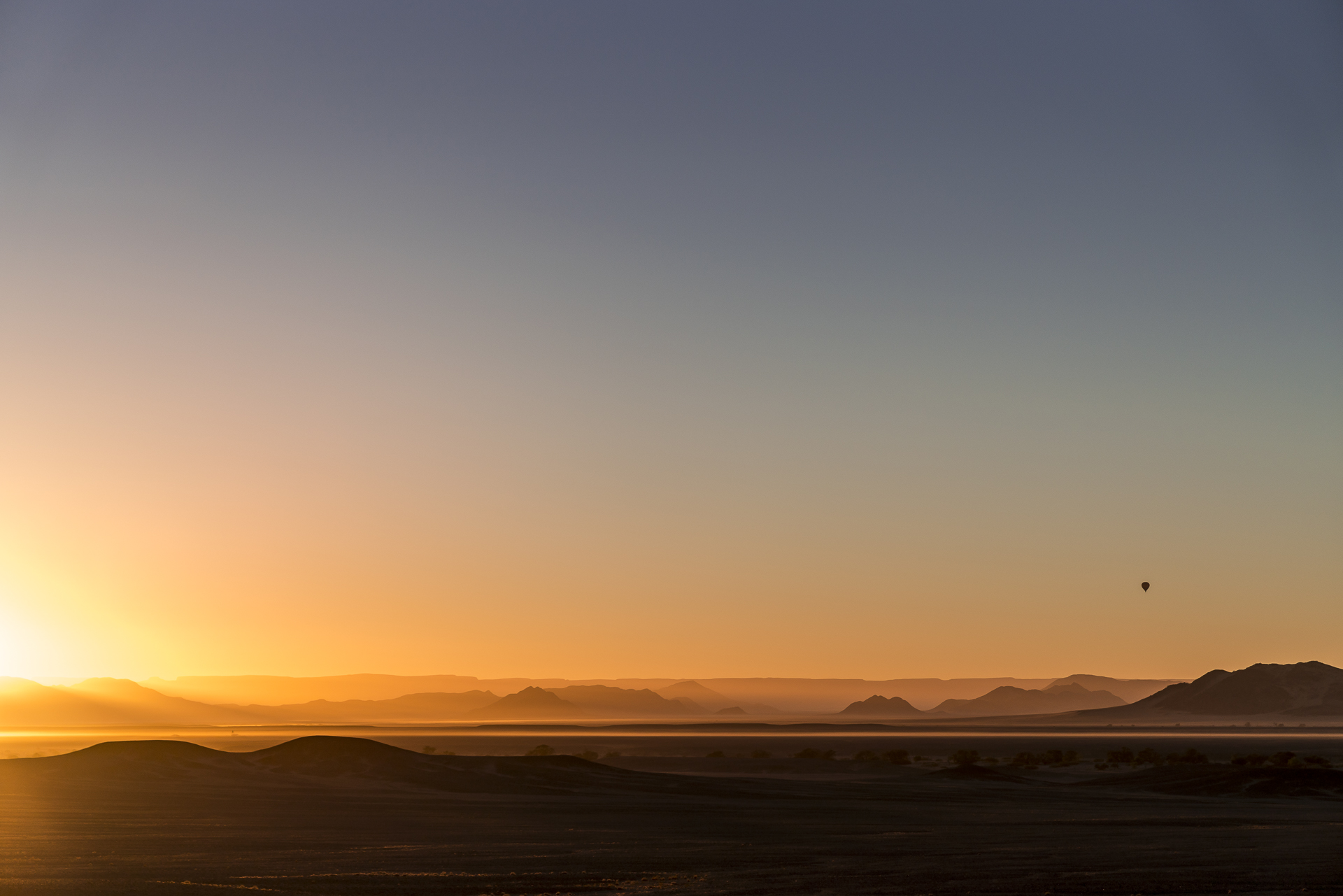
Our 9 Namibia road trip highlights and sights for self-drivers
Note: this post contains advertisements for Swarovski optics
Endless expanses, ivory-white to blood-orange shining dune landscapes and sunset perfection every evening; Namibia enchanted me with its multifaceted landscape already in the first days of our road trip. And also in the further course of our trip, Namibia was not stingy with animal and scenic highlights. Before I report in detail about our Namibia road trip in a blog post, I would like to show you our nine highlights here to get you in the mood.
For me, this was the second trip to southern Africa after a round trip to South Africa in 2011. Namibia is considered a travel destination that is ideal for self-drive road trips (with a roof tent or with overnight stays in lodges). We also explored the country starting from Windhoek with a rental car. In total, we were on the road in Namibia for two weeks.
1. Hike through Sossusvlei
The first stop of our round trip took us to Namibia’s famous salt pan “Sossusvlei”, which is surrounded by huge dunes. The dune landscape is part of a national park, which is accessed via the small village of Sesriem. There are only two places to stay in the park – at the Sesriem Camp Site and at Sossus Dune Lodge. The advantage of spending the night in the park is that you can make your way to Sossusvlei (which is about 60 kilometers from the park entrance) an hour before sunrise. There is a good chance of admiring the sunrise from one of the dunes (the “Dune 45” is a particularly popular sunrise viewing point).
Our accommodation was located outside the gate directly at the park entrance. So we had to wait until sunrise – only then will the gates be opened. But even so, the trip to Sossusvlei was an unforgettable experience – these colors! Wow! By the way, what is worthwhile in any case is the ascent to the highest dune in the region. Even though “Big Daddy” made us sweat a few times, the view of the dune landscape is well worth it. If you are out and about before 10 o’clock in the morning, you will be spared from too much heat even if the sky is cloudless.
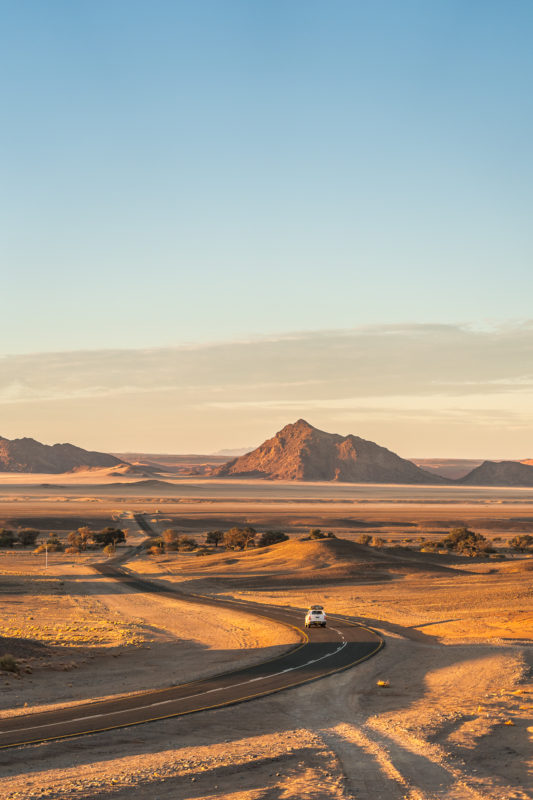
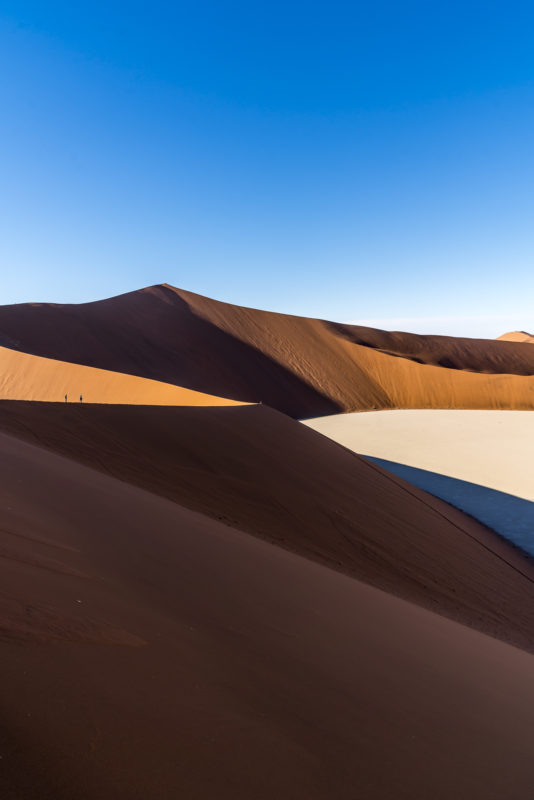
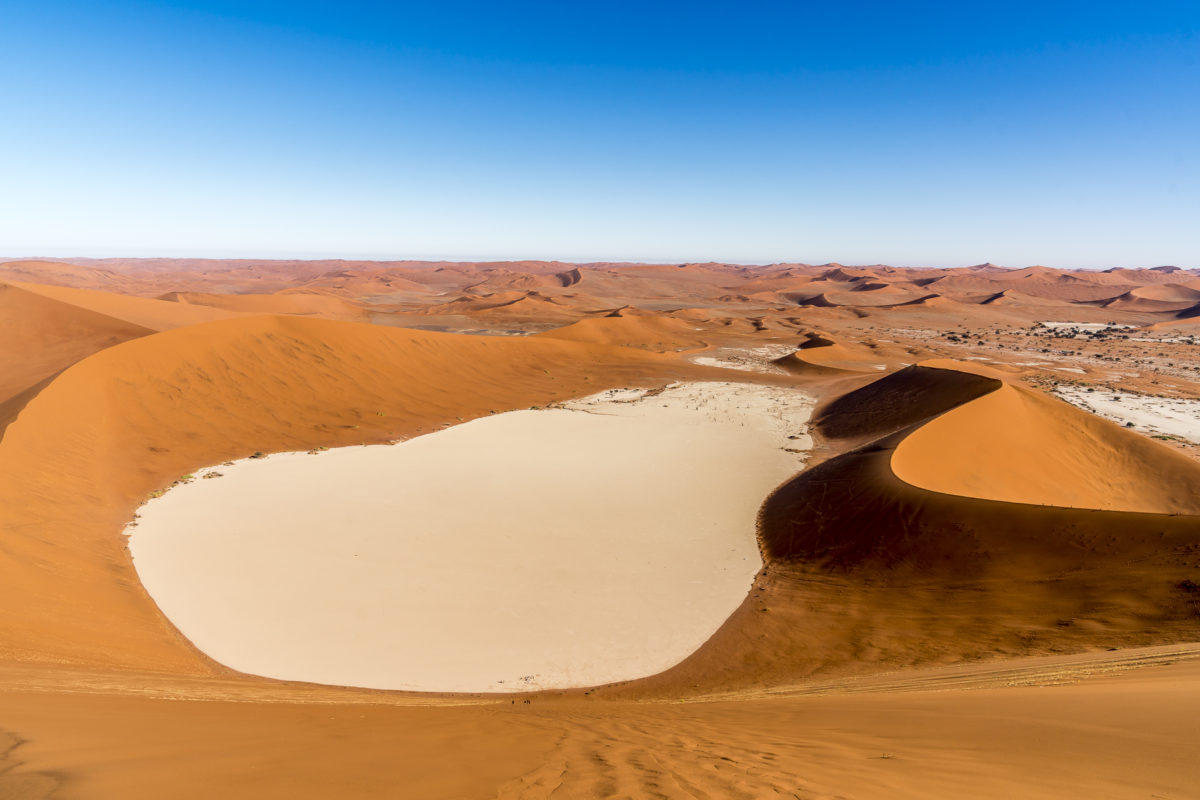
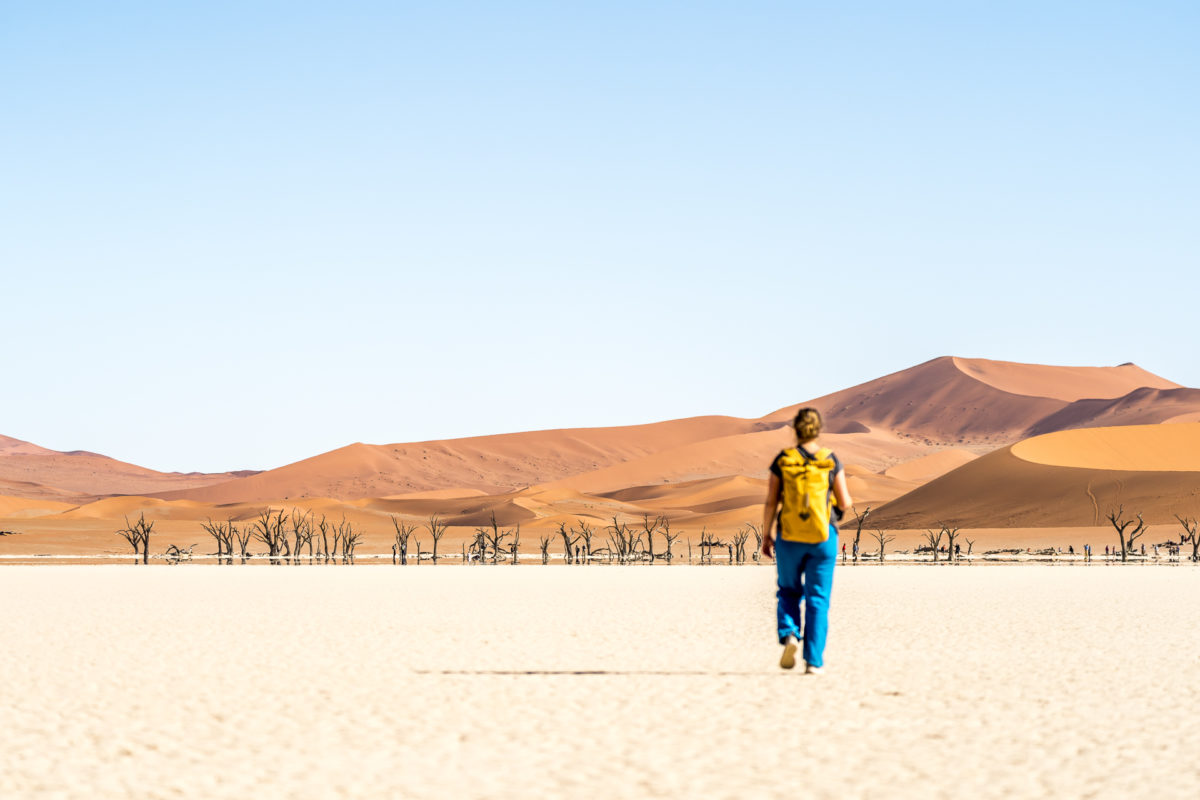
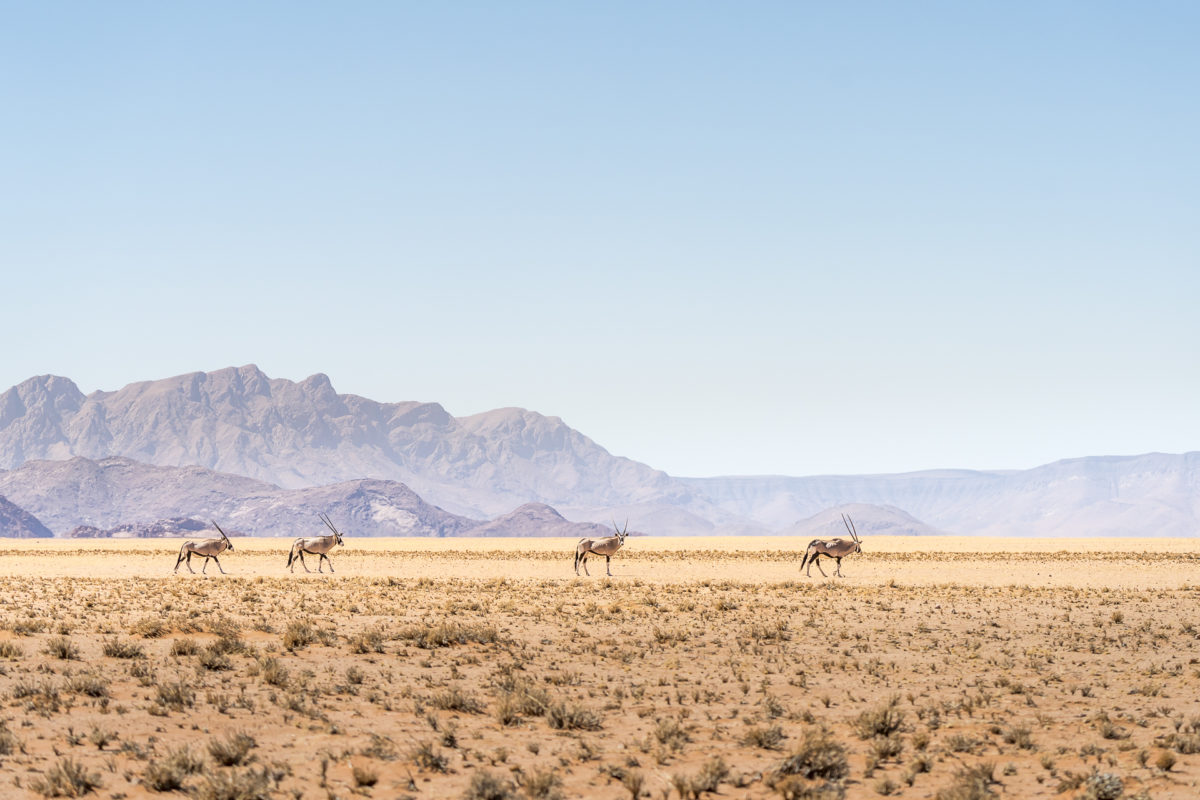
2. Admire the starry sky in the Namib
We stayed in Sesriem in a wonderfully detached self-catering hut that is part of the Desert Quiver Camp – the perfect place to marvel at the twinkling starry sky. Thanks to its low light pollution and vast landscape, the Namib Desert offers excellent conditions for observing the night sky. The region is one of the certified Dark Sky Reserves.
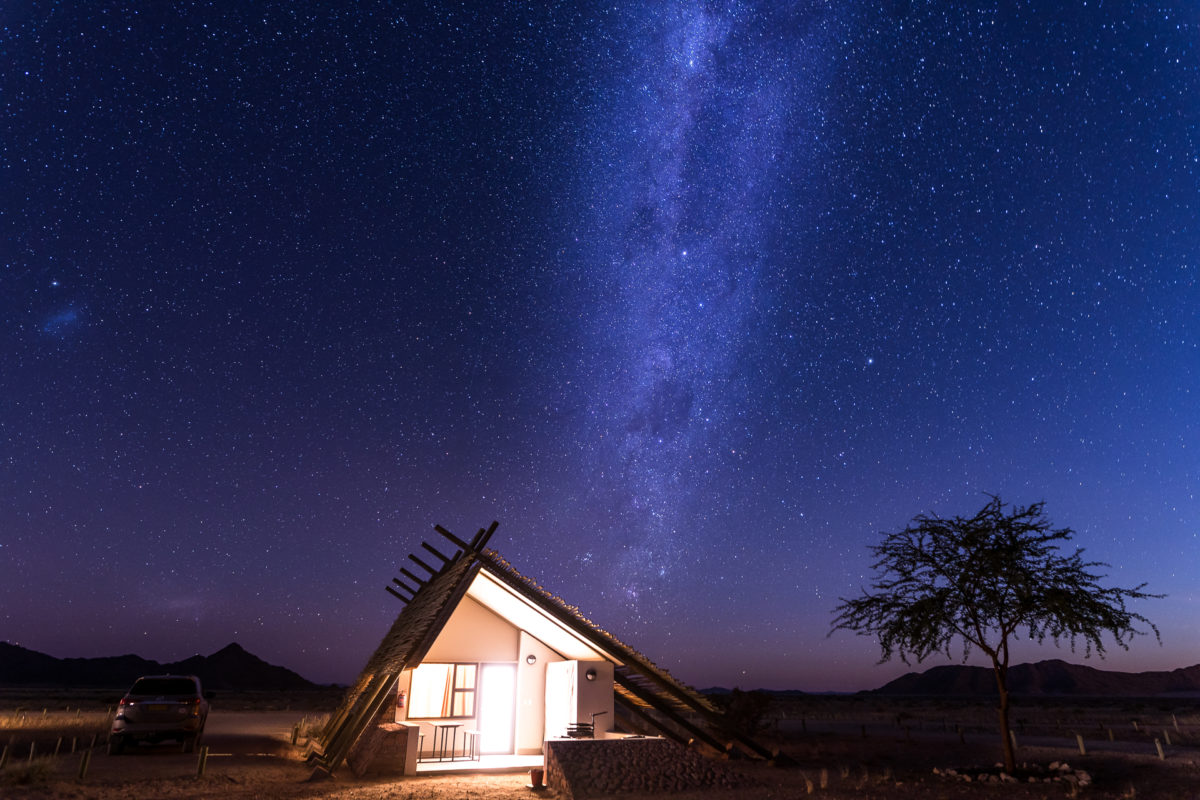
3. Die Little Big Five aufspüren
Most safari tourists have their sights set on the “Big Five”. But in addition to elephants, rhinos, buffaloes, lions and leopards, Namibia is also home to many fascinating creatures that remain hidden from untrained eyes. Following a tip from @klaeui, we went in search of the “Little Big 5” on the Living Desert Tour near Swakopmund. On this half-day tour, you will go on a game hunt in small groups together with two knowledgeable guides and keep an eye out for the small inhabitants of the Namib Desert. From harmless slow worms to poisonous vipers, we discovered all kinds of interesting things between sand dunes and thorn bushes this morning. A tour that I can recommend to all those who want to delve deeper into the habitat of the Namib Desert.
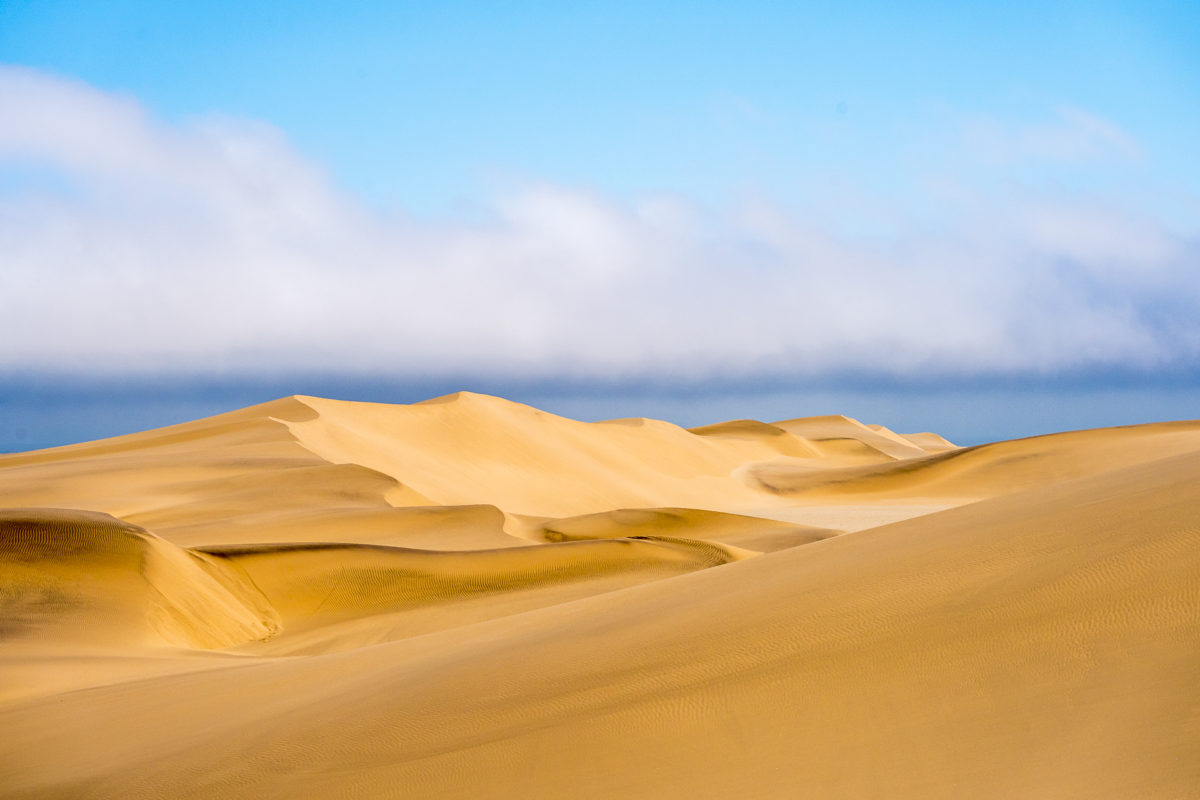
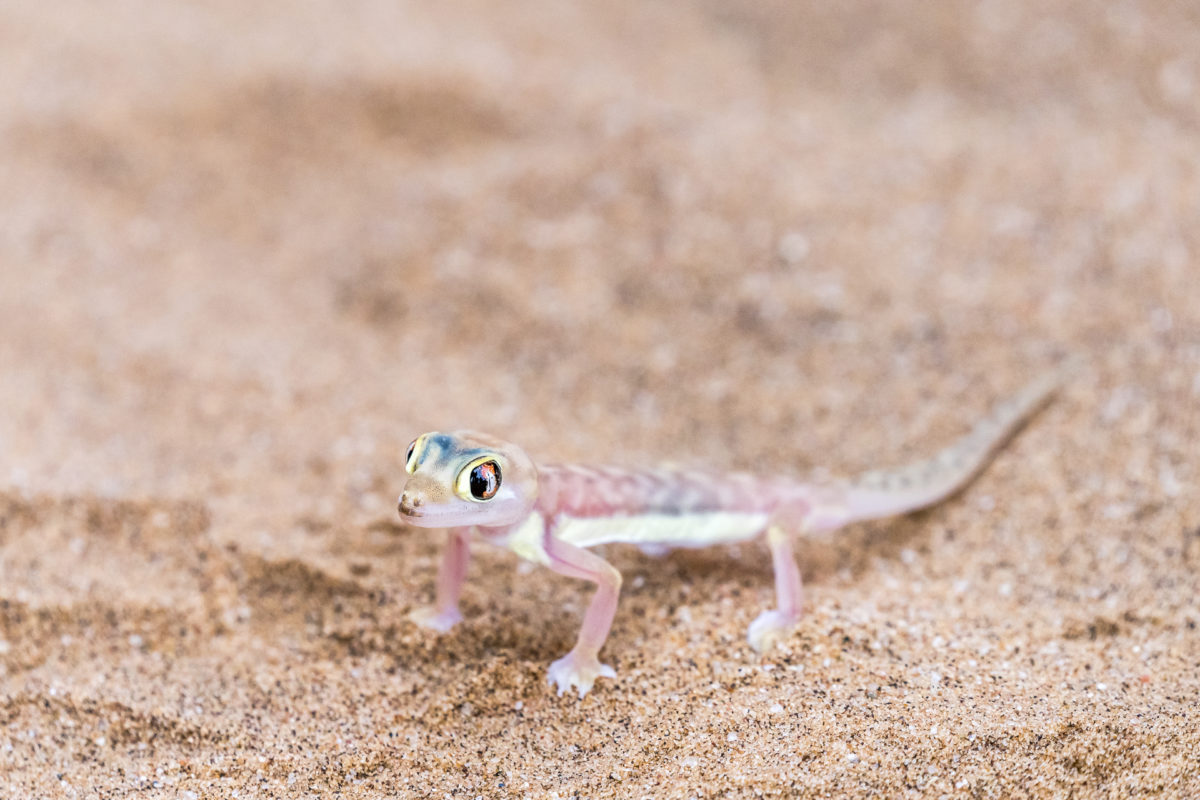
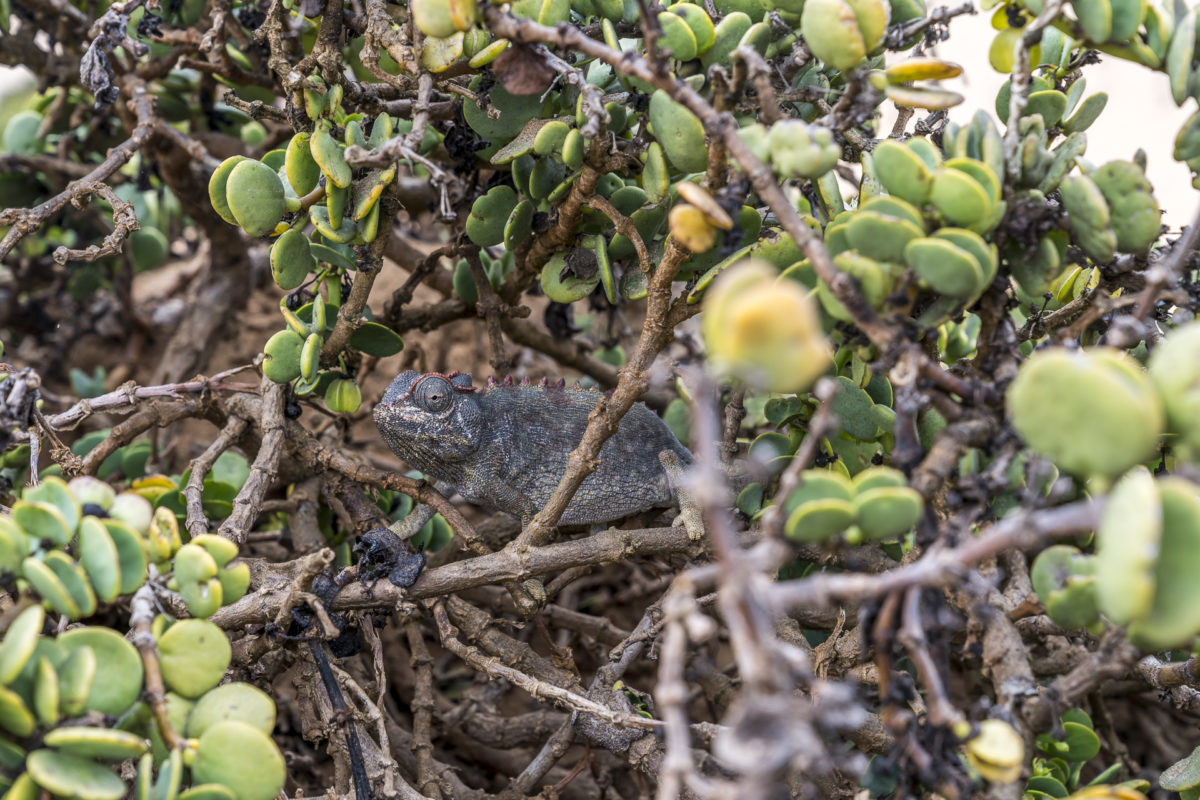
4. Visit one of the largest seal colonies in the world
“Will it really stink as it is written in various places,” I asked myself in the run-up to our detour to the Cross Cape. I was able to answer this question quickly with “yes” after opening the car door. The taste does indeed take some getting used to (but is bearable). On the other hand, you can see seals en masse here. The nature reserve at Cape Cross, 130 kilometres north of Swakopmund, is home to around 250,000 South African fur seals. The cape is accessed by a cordoned-off wooden walkway, from which the spectacle can be observed. The only challenge here is to survive the way to the sidewalk without a “seal attack”.
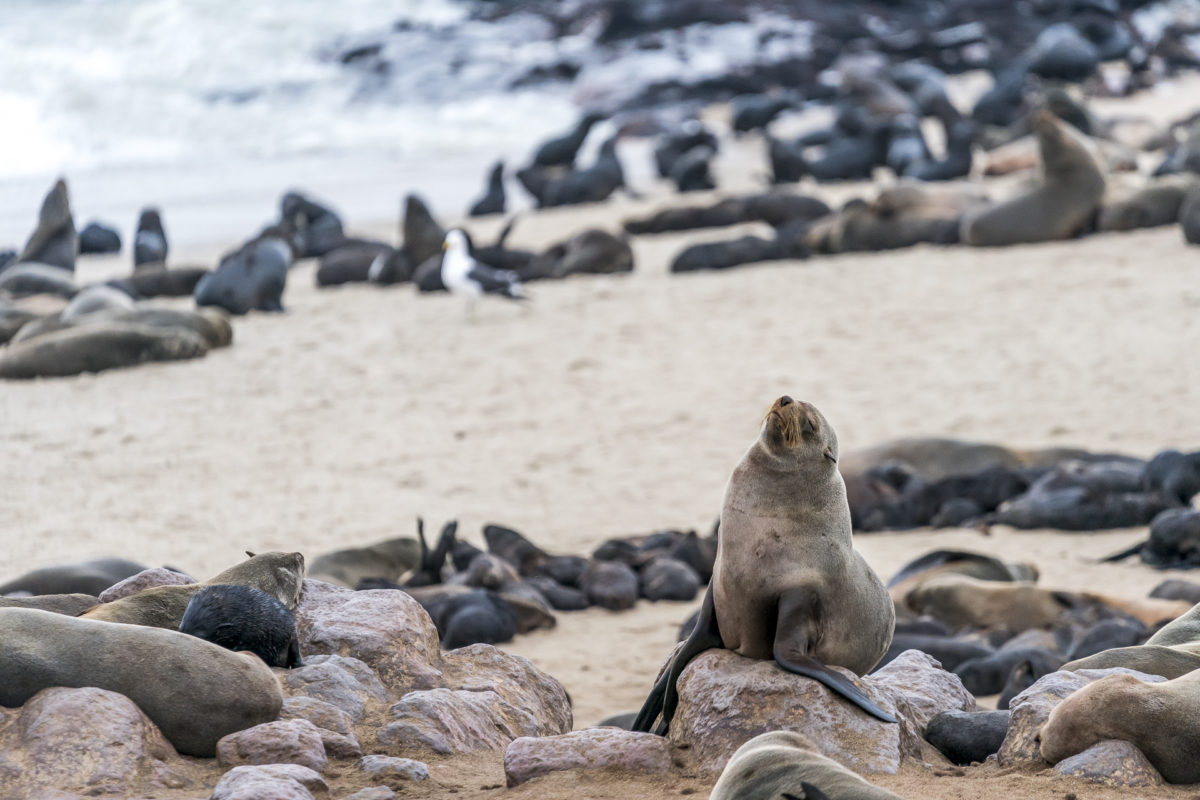
5. Relax in Damaraland
Who would have thought that I would experience my first pool day in over a decade in the middle of a remote African bush landscape? The sparsely populated Damaraland is home to the San and Damara people. Two ethnic groups that are among the oldest in the country. In addition to traditional crafts, the main attractions of the region include the rock paintings near Twyfelfontein and the monumental rock finger “Vingerklip”. Originally, we wanted to stay in a lodge near Twyfelfontein, but it was fully booked early and ended up “in the middle of nowhere” at Huab Lodge. If you’re lucky, you can see free-roaming desert elephants around the lodge. But even if the fabled giants don’t show up, Huab Lodge is a good choice despite its location far from the sights. Surrounded by chirping birds, we treated ourselves to a relaxing day at the pool including a massage.
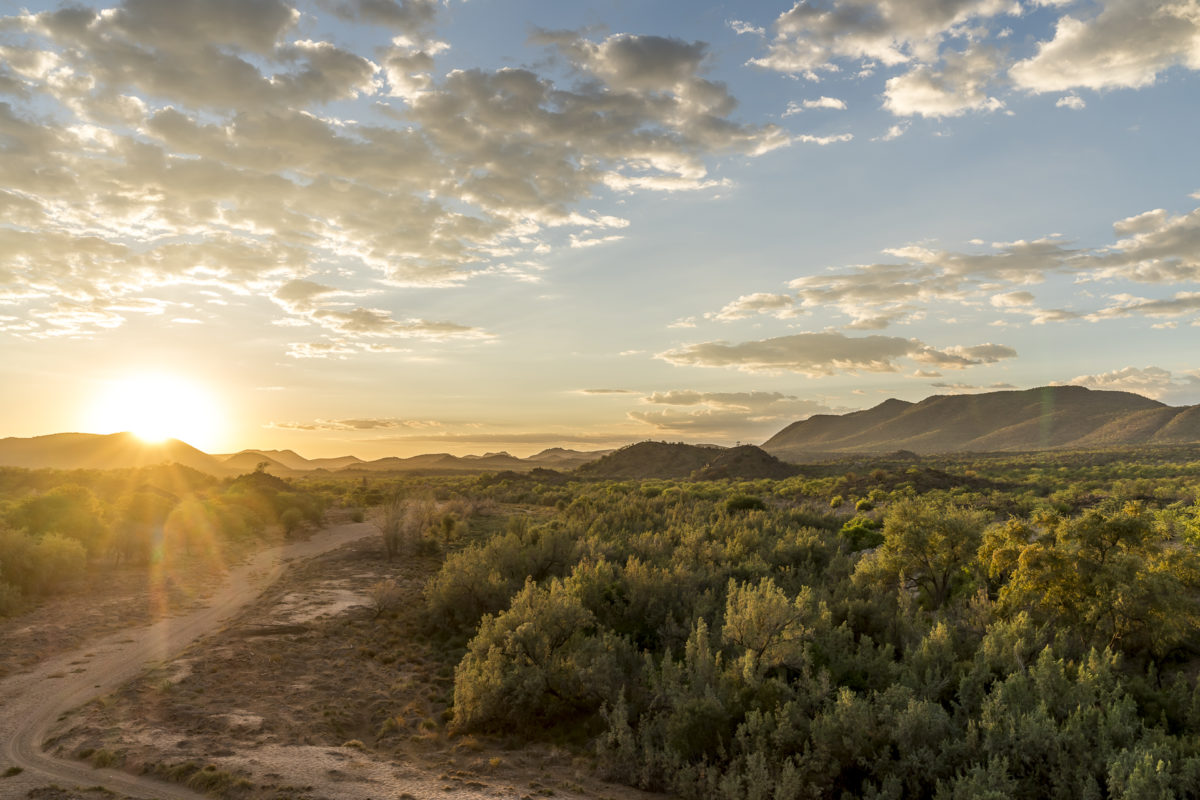
6. Immerse yourself in the fascinating wildlife of Etosha National Park
Like the Kruger National Park in South Africa, the Etosha National Park is easy to explore as a self-drive. We got a map on the first day and then followed the well-signposted gravel roads to the waterholes. What is extremely impressive in the Etosha National Park are the large herds of animals – but also the comings and goings at the waterholes. Instead of “going crazy” to everything, it’s worth staying longer in some places and watching what’s going on around you. We especially liked the waterholes “Aus” and “Goa”, where we could observe elephants as well as zebras and various antelope species at the same time.
[alert color=”FFFFFF” icon=”Select a Icon” title=”Unverzichtbarer Safari-Begleiter “]
One item should not be missing from any Namibia packing list – the binoculars! Even though we were lucky enough to observe many animals up close, it was only my binoculars that opened the door to the fascinating world of details. How many colors are the feathers of the roller in color? How dense are elephant eye eyelashes? Where does the hyena bite on it? All things that are difficult to see with the naked eye. And so my CL Companion binoculars from Swarovski Optik were always at hand in the car. The binoculars were not only an “eye-opener” for me on safari, but will accompany me throughout the year as part of my cooperation with Swarovski Optik and will certainly give me one or two “aha moments”.
[/alert]
With binoculars at hand and a matching smartphone adapter, I was even able to almost hold the pole with my smartphone, who took all the animal photos in this post with the Sony FE 100-400 mm lens.
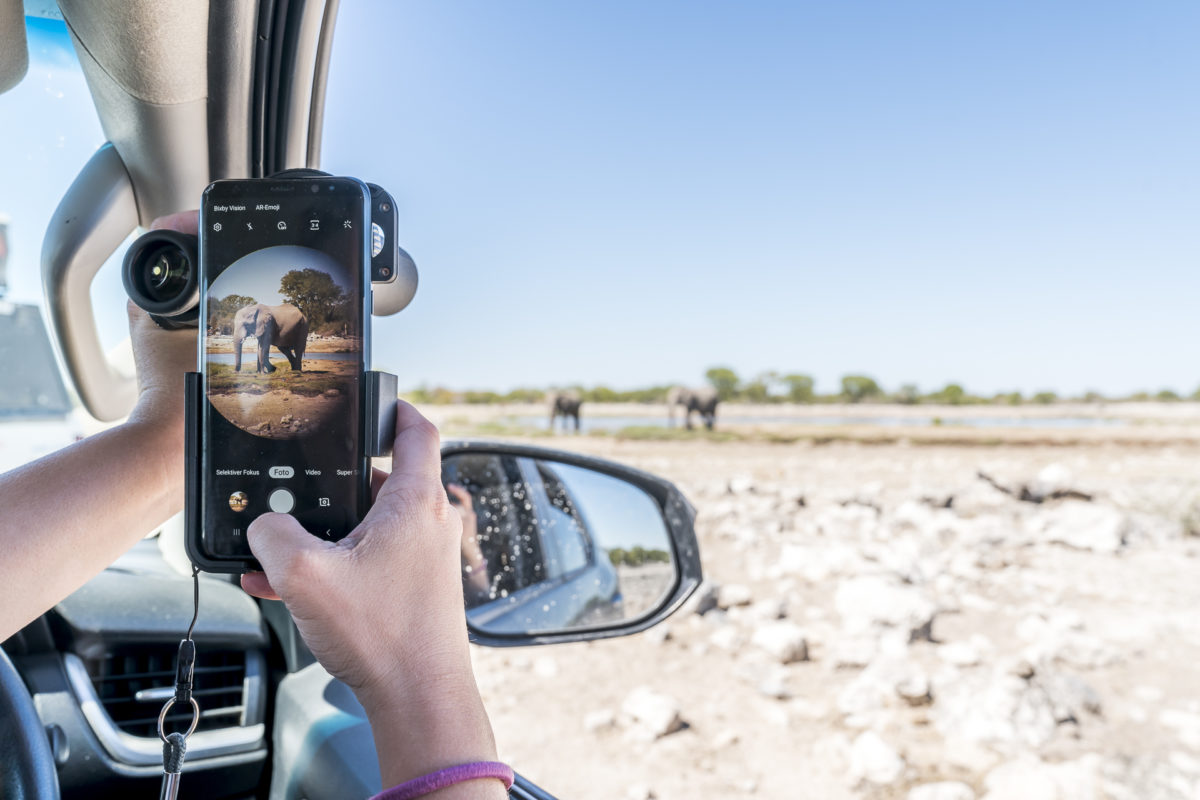
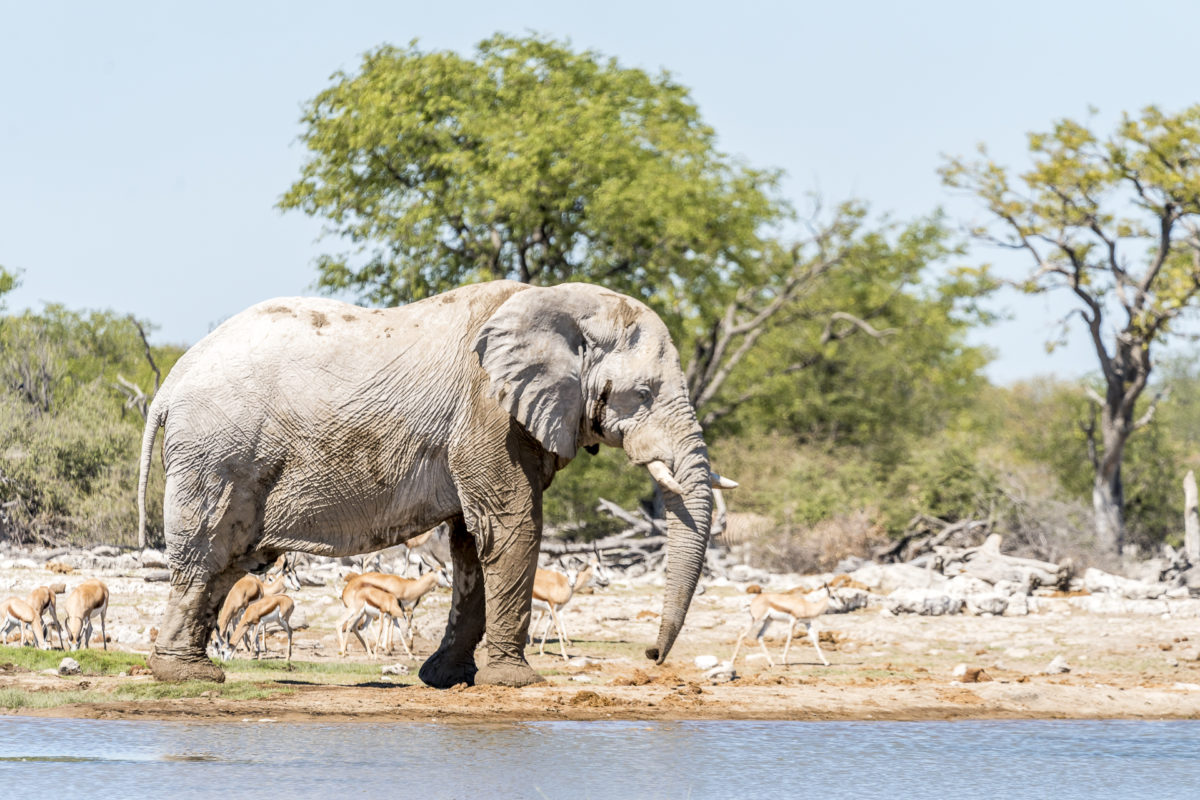
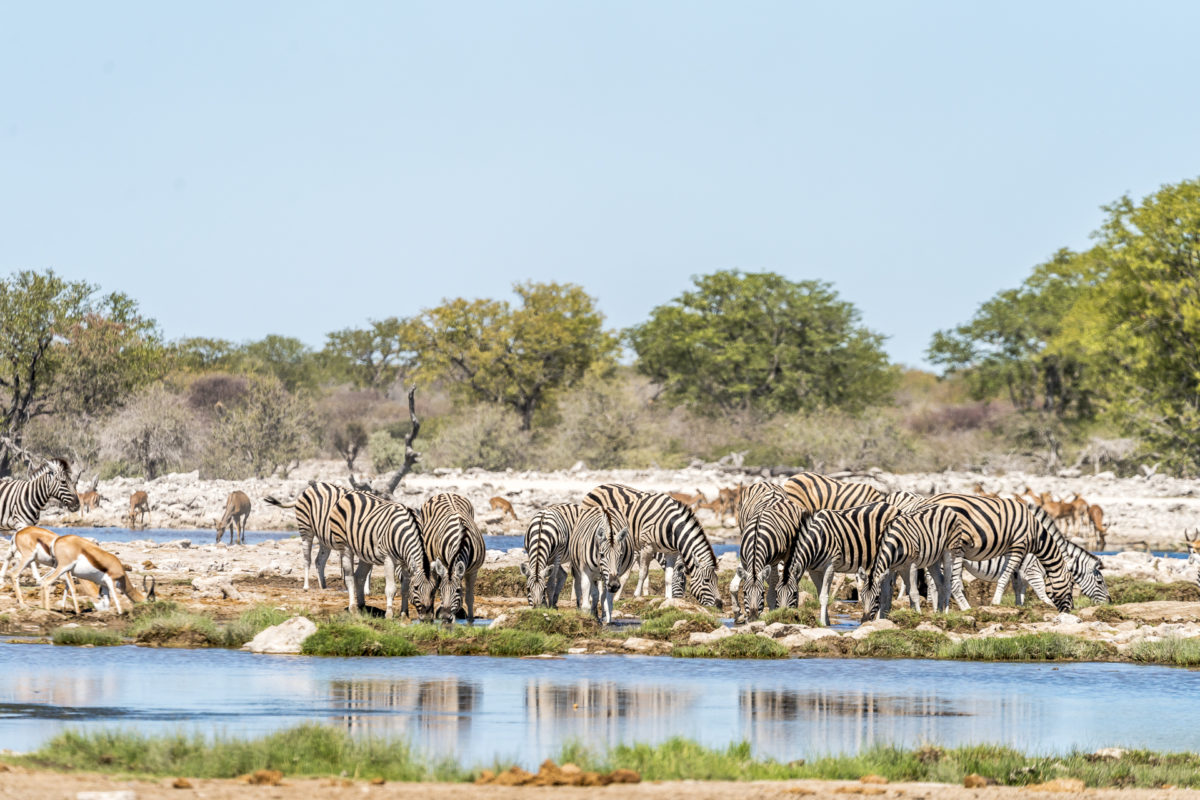
If you see several cars stopping in the distance in the Etosha National Park, then there is usually something exciting to see. For example, the lion family, which we met twice at the “Nebrownii” waterhole.
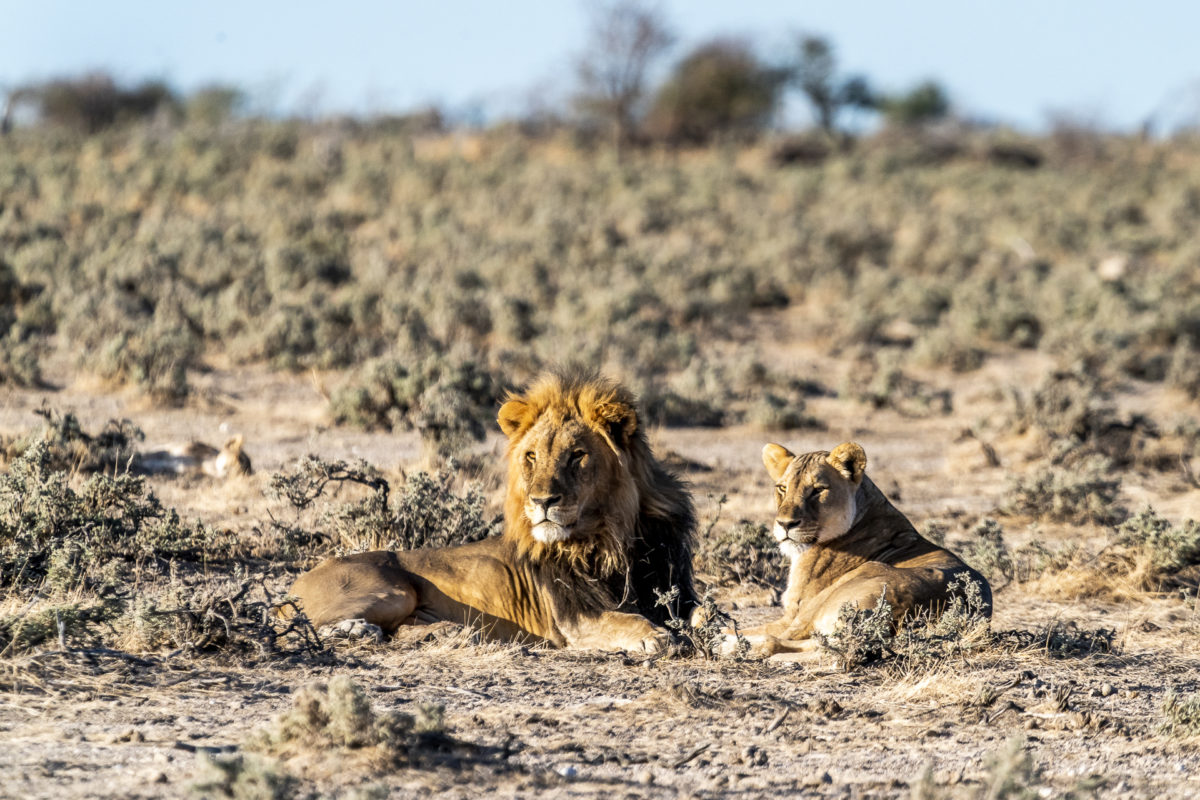
7. Take a sunset cruise on the Okavango River
Many classic Namibia tours have the Etosha National Park as the northernmost point of the trip. On our Namibia road trip, we “advanced” even further north to the impressive river landscapes in the border area between Namibia and Angola. Here, the lazily flowing Okavango forms the natural border between the two countries. The best way to explore the wildlife around the Okavango is from a boat in the early hours of the morning or just before sunset.
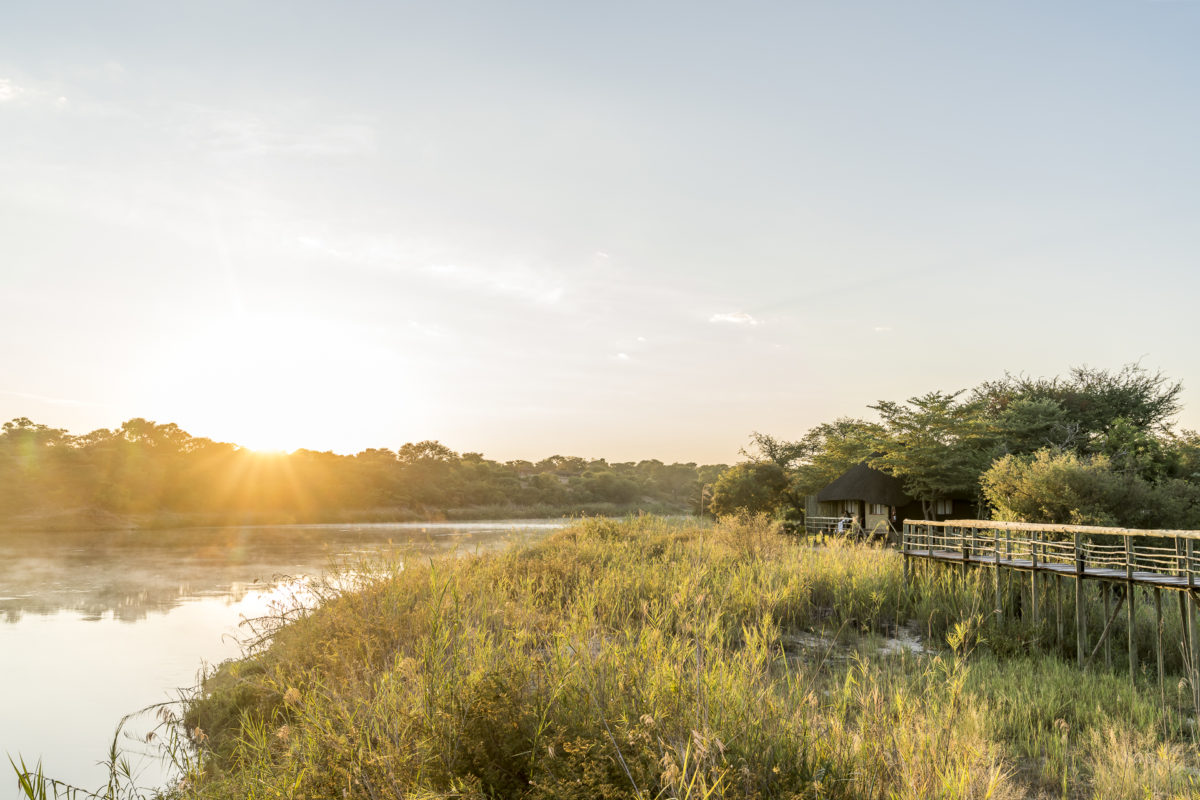
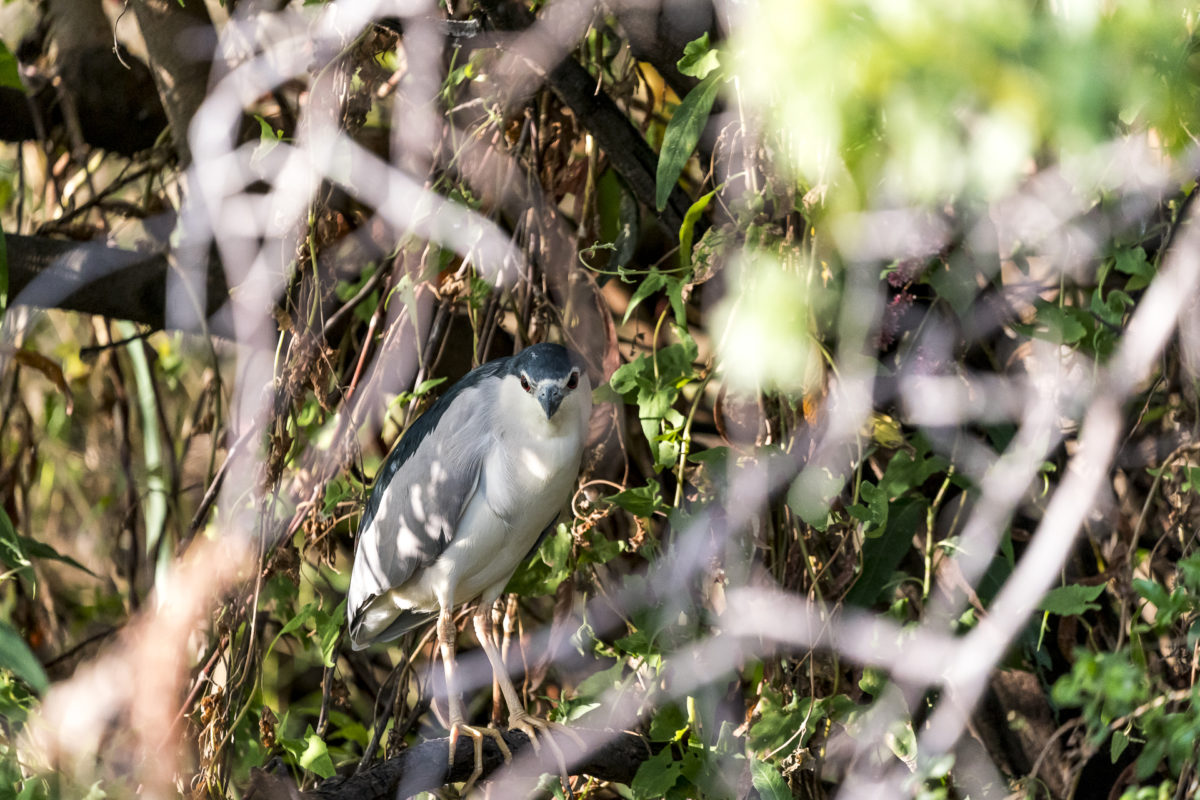
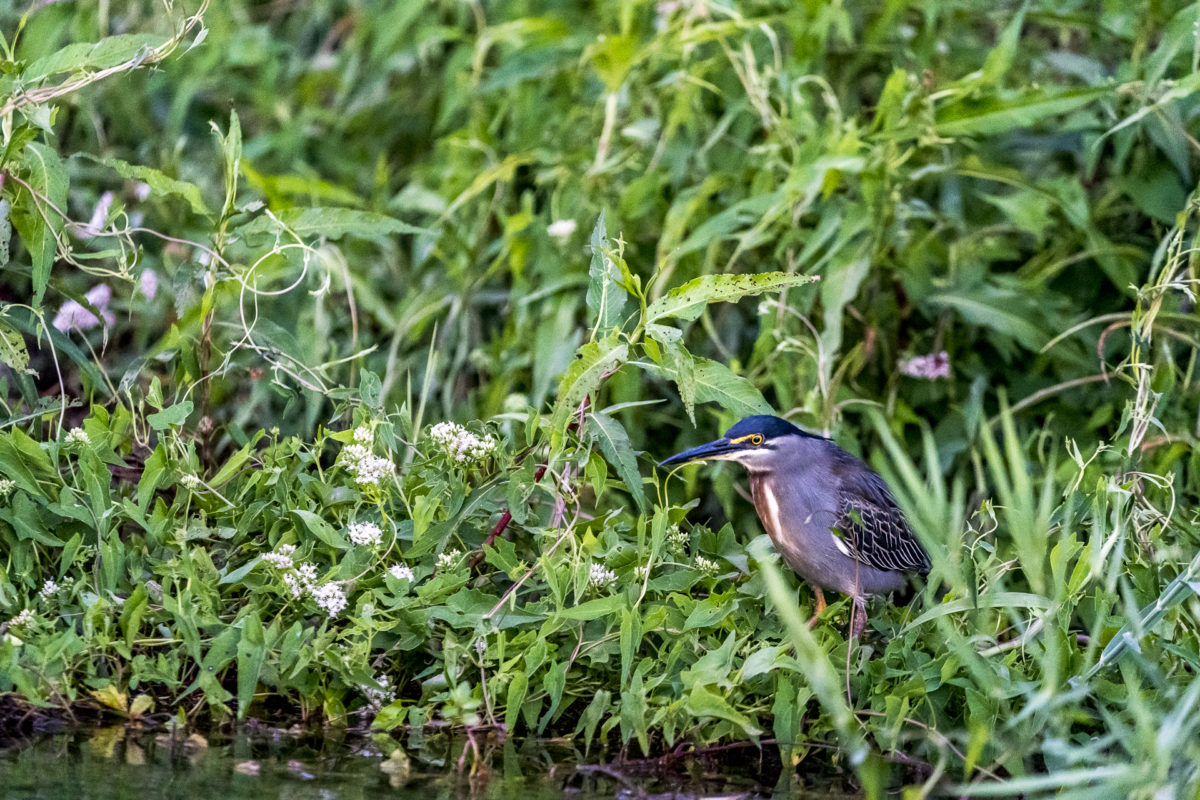
8. Spend the night on the banks of the Cuando River
What is it like to sleep right next to grazing hippos and bathing elephants? Good, I think. But also restless, because all kinds of noises penetrate through the thin tent wall and we listen intently as the wilderness “wakes up” after dark. This unique nature experience is offered by the Nambwa Tented Lodge on the banks of the Cuando River (a tributary of the Zambezi River). The lodge is accessible via a 15 kilometre 4×4 only sand track and is located in the middle of the Bwabwata National Park. The area, like the Okavango, is a paradise for bird lovers.
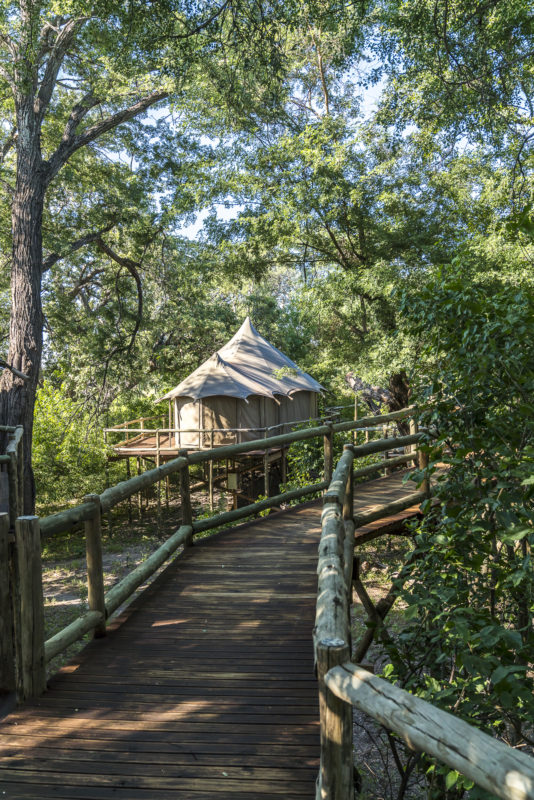
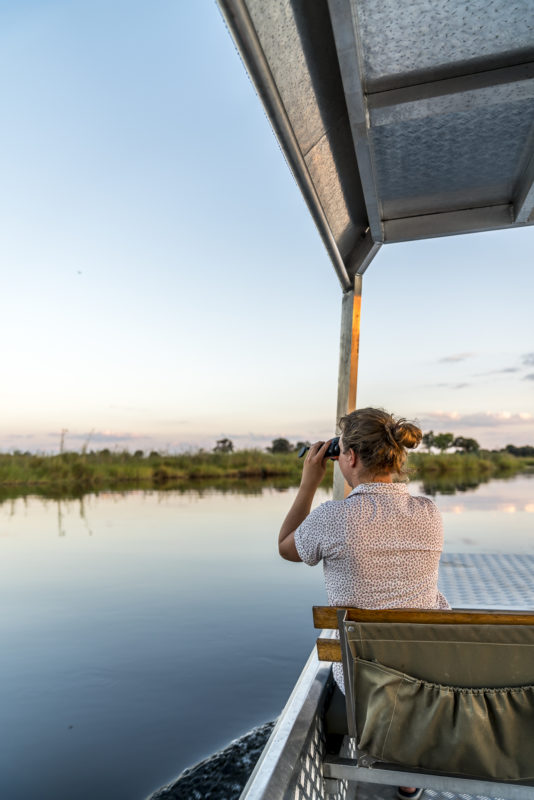
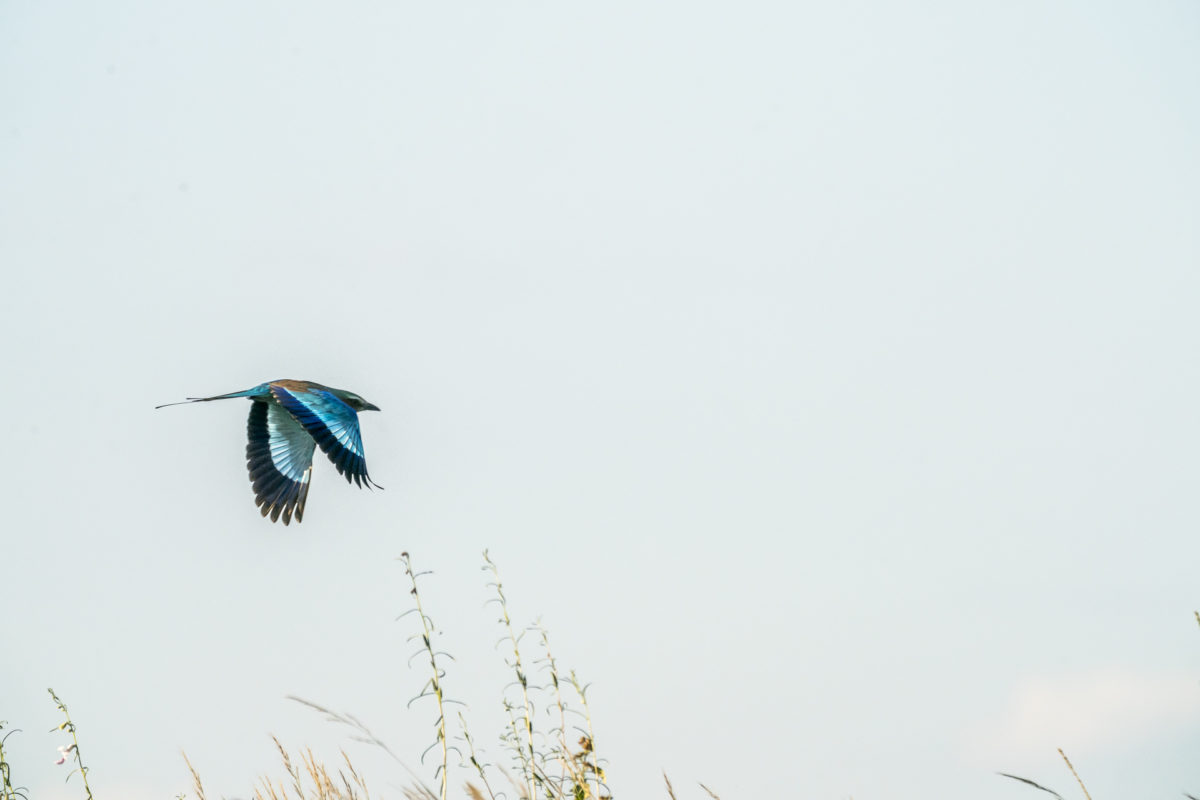
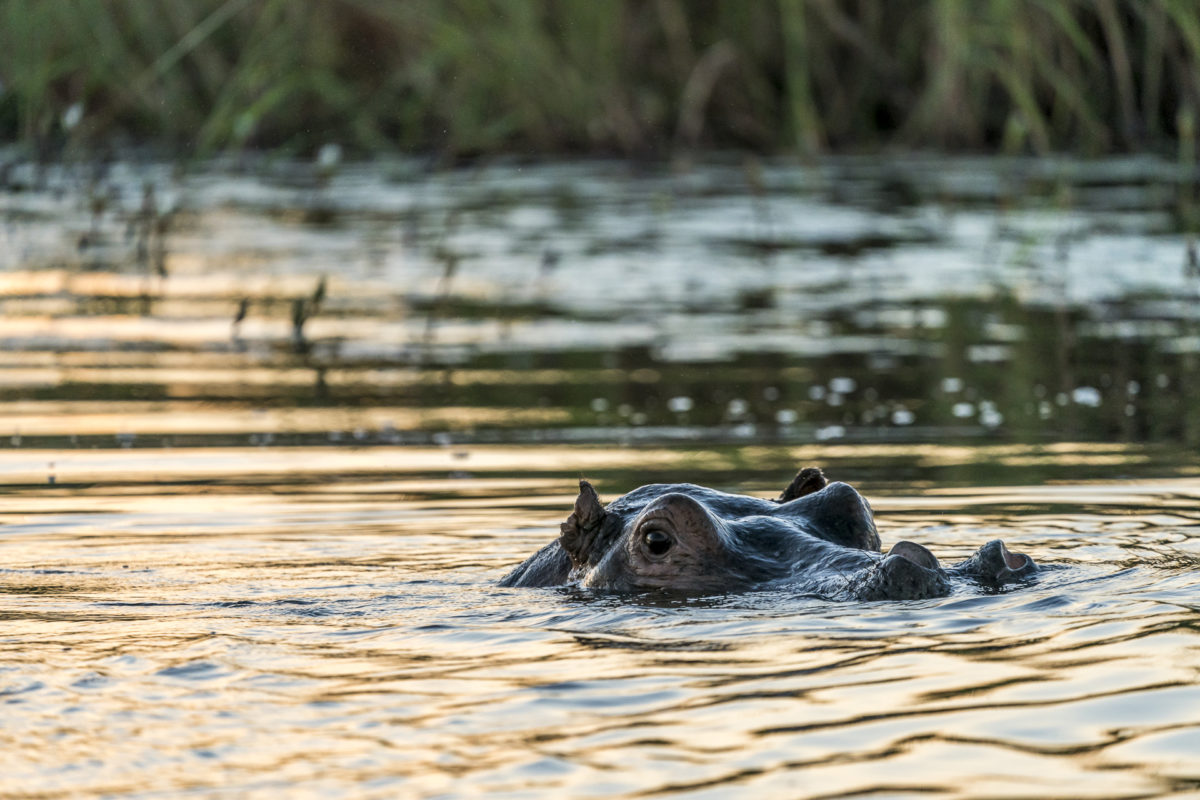
9. Observe the huge herds of elephants in Bwabwata National Park
I award the gold medal for the most beautiful moment of our Namibia road trip to the enchanting sundowner at Horseshoe Bend in the Bwabwata National Park in the Zambezi region (once called the “Caiprivi Strip”). With a cool table of lager (a Namibian beer) in hand, we watched a herd of elephants that were just a few meters away from us, also on the riverbank.
Bwabwata National Park borders nature reserves in Angola and Botswana (Okavango Delta) and is part of the natural migration routes of wildlife. In contrast to the Etosha National Park, the Bwabwata is not fenced and therefore I found the animal encounters here more “magical” than in Etosha.
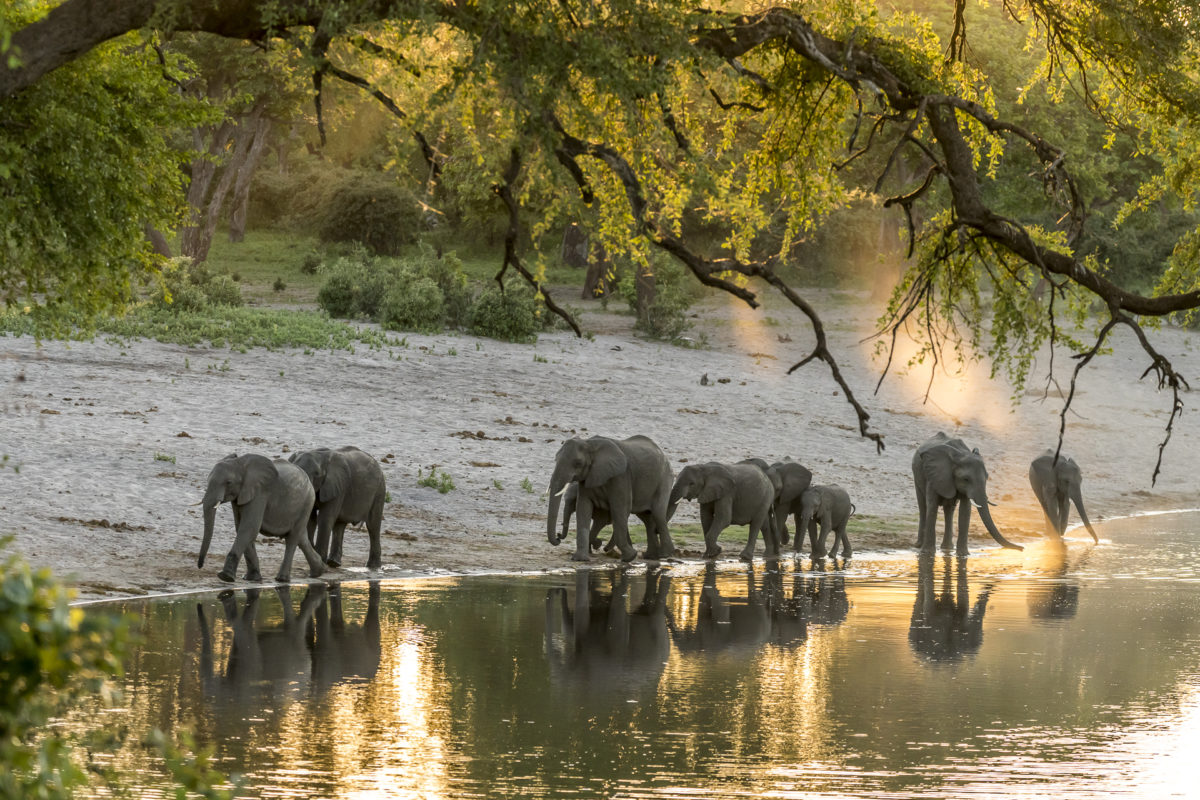
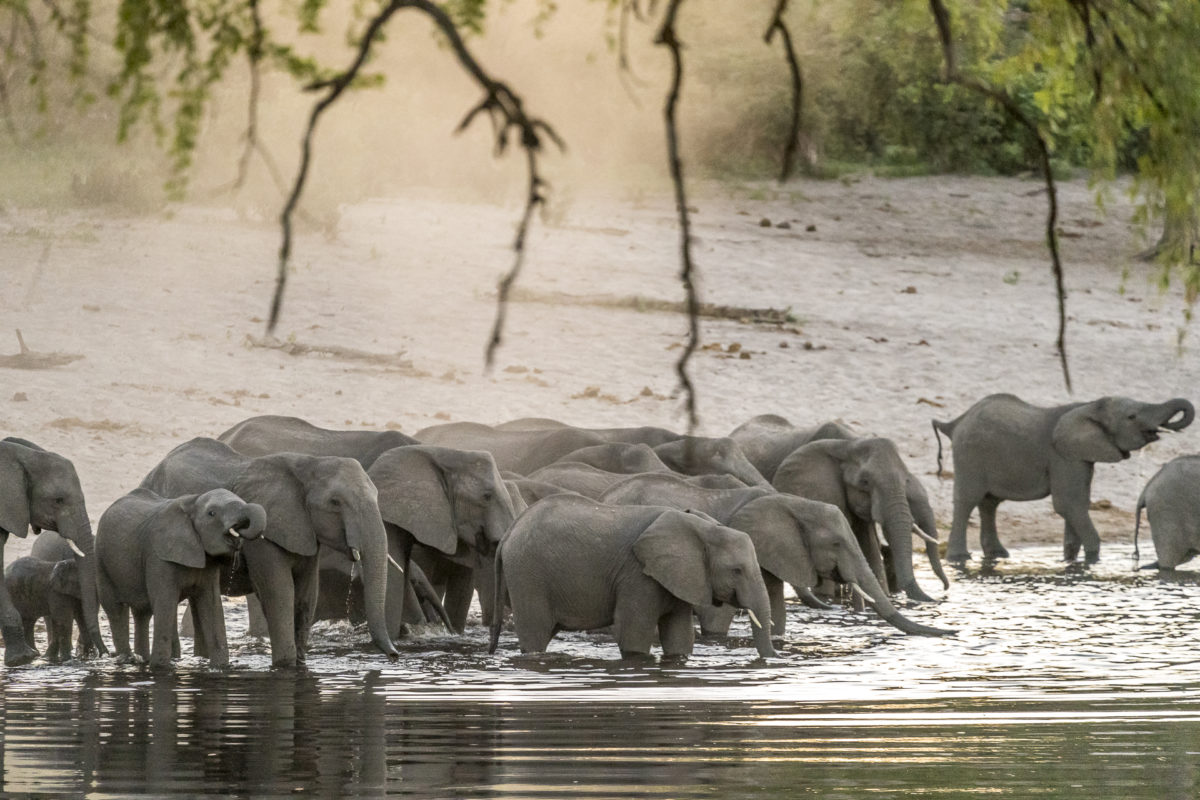
Namibia Road Trip: Practical Tips
- A large part of the roads in Namibia are designed as gravel roads. In contrast to Patagonia, the road quality on many gravel roads was surprisingly good (few holes), so that on most roads you can drive a good 80 km/h. The speed limit on most roads outside built-up areas is 100 km/h.
- The roads in Namibia are marked with letters. All roads marked with a “B” are paved. The majority of the “C” roads as well as all “D” are unpaved (mostly gravel and/or compacted sand.
- When renting a car, it is recommended to rent a car with sufficient ground clearance (e.g. Toyota Hilux or Toyota Fortuner). The routes around Sossusvlei / Swakopmund / Damaraland / Etosha National Park can usually be done well with a 2×4 drive. If you want to explore the Zambezi region as a self-driver, I recommend renting a 4×4 in any case, as the paths through the national parks are mostly designed as sand tracks.
- In the sparsely populated areas, you will find a petrol station every 120 – 150 kilometres. I recommend refueling at every gas station you pass right by.
- The entrance fee to the national parks is 80 NAD per person per day, plus an additional 10 NAD for the vehicle. The two of us paid 170 NAD entrance fee each, which corresponds to about 12 CHF.
Sat Nav for the Namibia Road Trip
- For navigation we used the offline maps from Google Maps, Maps.Me and Tracks for Africa. Google Maps is relatively accurate in the time measurement for the individual routes, but some places are (still) incorrectly drawn. Maps.Me is more exact as far as the marked places (lodges / sights) are concerned, but from our point of view it is useless for calculating the time for driving distances. Tracks for Africa is a great addition because you can see exactly which tracks are designed and how (tarred road, gravel road or 4×4 track only).


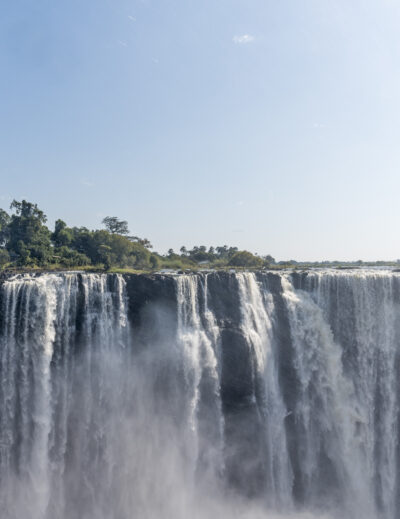
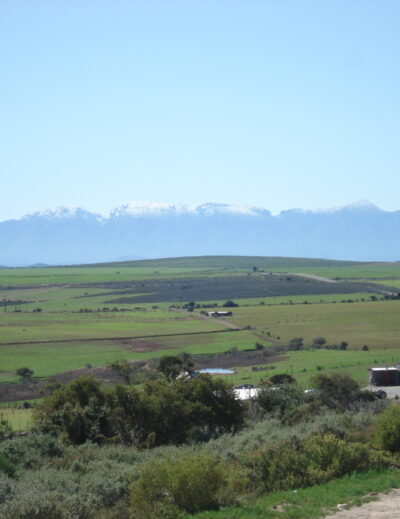
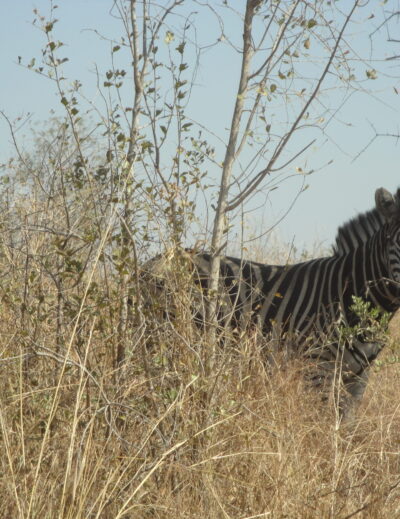
Leave a Reply